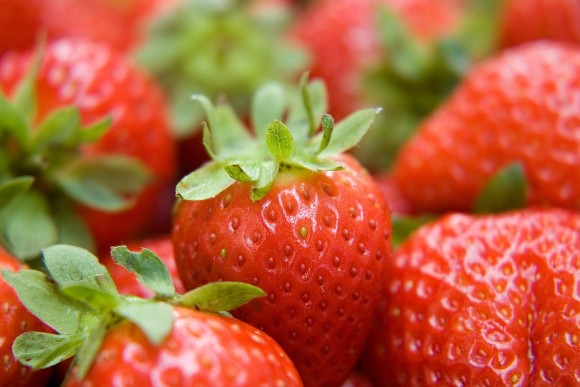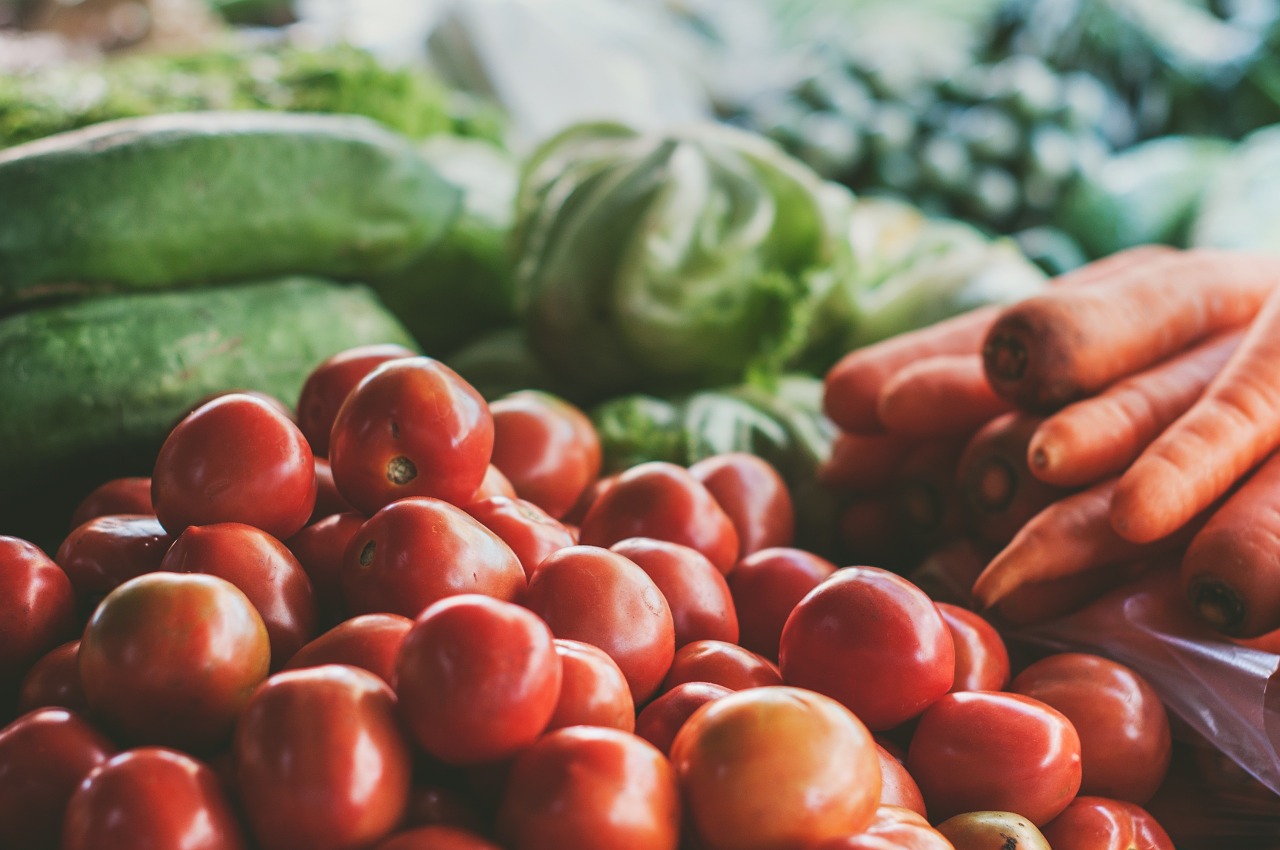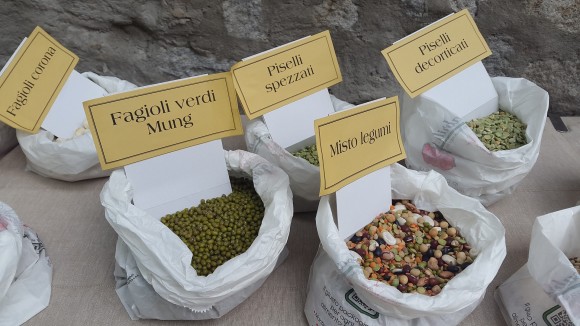18
Plant-based diet reduces risk of breast cancer
Here’s yet another study that supports the simple, life-giving foundation that is the plant-based, whole-foods diet…
Having plenty of fruit and vegetables while young is one of the few ways that women can reduce their risk of pre-menopausal breast cancer, according to a new study from the Harvard Chan School of Public Health.

What’s a “risk factor”?
When researchers look at large groups of people, they see trends that seem to go together – correlations. Over different kinds of studies, these correlations show up again and again. Researchers can then say with some confidence that certain things are “risk factors” for certain diseases.
Smoking and lung cancer.
Obesity and diabetes.
Some people can do the risk factor thing and not get the disease. Others can get the disease and not have done the risk factor thing. Health is full of grey areas, unfortunately.
But strong tendencies mean they apply to many people, much of the time. These findings can then be recommended to the general public, especially if:
a) the thing that’s recommended is harmless or generally helpful; and
b) it’s something that people can control (ie eating fruit & veggies) rather than something that’s out of their control.
This study involved following a group of over 90,000 nurses over a period of many years so it’s a high-quality study – how actual health behaviours tend to result in certain health outcomes in actual people over time.
Plant-based whole-foods diet
While fad foods and fashionable eating plans come and go, these kinds of studies are showing, time and again, that the basis of a healthy diet that results in:
- feeling good in the moment;
- better fertility, creating new life; and
- enjoying a healthier old age and probably longer life
is the plant-based whole-foods diet.
If most of what you’re eating comes from the green grocer and not much is coming from packets, you’re doing it! If you can recognise the ingredients on the packaged food as being made of real food, not weird chemicals and numbers, then that’s great too!
So how can you start shifting the balance from packets to fresh food?
Any step in the right direction is a good step
Habits take time, and if a change feels good then you’re much more likely to keep doing it, so take your time and have fun.
Here is your three-step process to becoming a whole-foods person:
- Next time you grab a packet of food from your pantry or in the supermarket, ask yourself “I wonder if I can make this from scratch?”. This is the first step – “I wonder…”
- Later on, when the mood strikes you, play with going into research mode. Google: “recipe make [X] from scratch” or “recipe make [X] at home” and so on. This is the second step – exploring, learning, contemplating, imagining. Have fun with this step! Take your time here 🙂
- Later still, when this mood strikes you, take action! Grab a bookmarked recipe, hopefully you have the ingredients (or nip to the green grocer and get what you need), and have fun in the kitchen! This is the third step – experimenting through action.
Make it fun, rewarding and enjoyable. Play some music in the kitchen, phone a friend to come & experiment with you, take photos for your Pinterest followers to cheer you on, enjoy an indugent herbal tea or good drop of wine as you cook… whatever it means to you, so that the whole experience is fun, interesting and something you’d like to do again.
And the result? Well, if you’ve nailed it, then bookmark that recipe and feel really proud of yourself. You’re taking back power into your own hands. Less reliant on corporate producers, free from additives – both listed and hidden ones – and probably creating a tastier version of it too.
And if you, ahem, didn’t quite nail it – well, at least it was fun right? 🙂 There’s no learning without mistakes! Try again with a new recipe, or try cooking a different thing altogether. Keep experimenting, have fun and learn from what works as well as what doesn’t 🙂
So, those steps again:
I wonder if I can make this from scratch?
What’s on Google?
Have lots of fun trying it out
Gradually, over time, you will find that you’re increasingly enjoying a predominantly whole-foods diet… real food that you make with your very own hands. And if most of the ingredients are coming from the green grocer? Then you’ve done it! You’ve found the recipe for the good life 🙂
Click here for the Harvard Chan website




